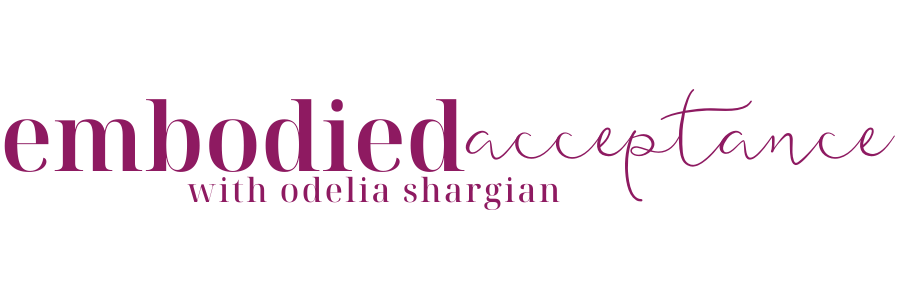Learning to support healthy aggression is key to healing from trauma
Do you find yourself regretting allowing unacceptable behavior to go unchallenged? Or maybe you did say something, and now you feel guilty about it?
There’s a chance this pattern comes from unhealed trauma.
It could be a sign of underactive fight response: Which means fight was appropriate in a specific situation, but it was thwarted.
When we experience trauma, a boundary has been breached. It could be, physical, emotional or sexual.
Whenever there is a boundary breach, we feel enraged inside. But in many situations it’s not safe to express it. Sometimes the anger is so strong that it scares us so we stifle it. Other times, it’s just not possible to fight back, which leaves us feeling helpless and powerless.
One of the ways to heal from trauma is to decouple the rage from the powerlessness. To separate them.
We do that by supporting the experience of healthy aggression and increasing our capacity to feel it.
To do this, we create a feeling of safety in the body first. Once we you feel safe, you can look at the anger and the fear very gradually.
If you do this in Somatic Therapy, we'll watch the story the body’s revealing around the boundary breach.
If we notice some activation in the body that can be an expression of that rage we support any impulse that surfaces. This allows it to move.
The client doesn’t have to go into a full fledged raging storm in order to discharge the energy of the trauma, sometimes just noticing the impulse is enough.
Sometimes actually slowing things down is what does the trick because the client has more of a chance to notice the sensations that accompany it and to organize the response than when things move fast.
